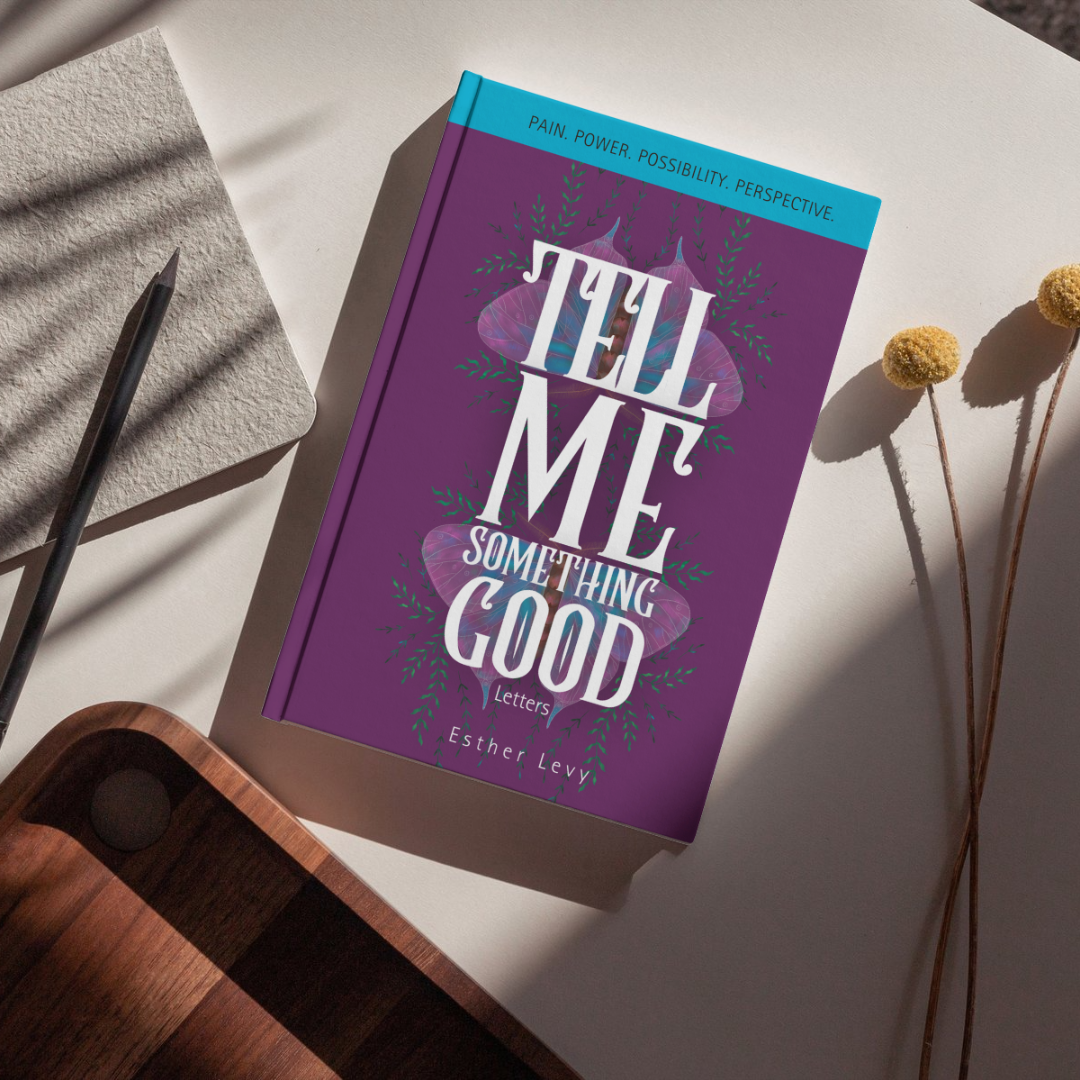- Esther's Letters
- Posts
- The All-or-Nothing Trap
The All-or-Nothing Trap
Finding Balance in Life and Relationships
The All-or-Nothing Trap
Finding Balance in Life and Relationships

In life, we often fall into the all-or-nothing tendency. (The Halo Effect) A link to the blog post.
We naturally seek one person to fulfill all our desires, solve all our problems, and give us everything we need.
But this mindset is impossible to sustain. We’ve all felt the deep disappointment when someone lets us down.
Blame and resentment follow, making us wonder how to create a life where we don’t need to rely on others.
This dependency stems from our childhood experiences, where we relied solely on our parents. Yet, as many of us know, parents can only provide as much as they know and have.
Entering adulthood,
I swore not to repeat the mistakes I experienced from adults. But I soon realized I could only handle situations with the tools and experiences I had.
Circumstances create limitations.
These limitations present choices, and we do our best with what’s in front of us.
Now, back to the idea of seeking one person to solve everything…
Relying on one person for all our needs is like trying to get all your nutrition from one food item.
The beauty of life is in its variety.
Variety brings engagement and movement, reducing the chances of getting stuck.
You can’t rely on one person for everything.
Balance and self-regulation are key to successful relationships.
Don’t cheat your way out of your reality.
Emotionally cheating is possible when we look for an all-or-nothing experience. We pause, stall, waiting for that one individual or dream.
Emotional cheating tendencies include excessive behaviors: food, alcohol, shopping, work, isolation, and more.
Cheating your way out of your reality.
Segment your life.
We get satisfaction from flow.
Energy flow, routine schedules, and variety.
Work, creativity, relationships, friends, partner, family, movement, higher power, charity.
Routine helps with segmenting and regulating the process and the nervous system.
Build emotional connections rather than just superficial ones.
When you get stuck,
it feels like death because stagnant energy is like not having space for oxygen to enter your lungs. There’s no movement.
Routine itself is preparation.
The Result is satisfaction.
When we seek satisfaction,
we often misinterpret it as an object or experience. In reality, satisfaction is the result of energy flow, just like how your body lives through inhales and exhales.
Religion, higher power, and social accountability.
Community is a huge part of our lives.
No matter your lifestyle, your community is your anchor.
We are influenced by our environment more than our personality.
Regulation of the nervous system in public.
Many of us know what we want and who we are in private but struggle with our identity in public settings and social constructs.
What are you doing weekly to feel connected to a collective?
Gyms and coffee shops are places we connect and bond.
A benefit: When we have what we need, there is no resistance.
The Tale of Two Arrows
In Buddhism, there’s a powerful teaching known as the tale of two arrows. The first arrow represents the unavoidable pain we encounter in life. This pain is inevitable and strikes all of us in various forms. The second arrow, however, symbolizes our reaction to that pain — how we interpret and internalize it.
The first arrow might be the disappointment when someone lets us down. The second arrow is the story we tell ourselves about that disappointment, which often includes self-doubt, resentment, and blame. This second arrow can cause far more damage than the first because it is within our control. Understanding this helps us realize the importance of our response to life’s challenges.
Building Character: A Pillar of Relationships
Building character isn’t about constructing a personality that pleases others but about refining our core traits, approach, and integrity. It’s about how we handle the second arrow — how we choose to respond to the inevitable pains of life.
Character is demonstrated in our actions, especially in relationships. It’s shown in our ability to maintain balance and self-regulation, in our commitment to not cheat our way out of reality, and in our dedication to segmenting our lives for holistic fulfillment. Strong character fosters trust and depth in relationships, as it reflects consistency, reliability, and authenticity.
When we focus on building character, we cultivate resilience and a stable foundation for our interactions. It allows us to form deeper emotional connections rather than superficial ones, ensuring that our relationships are built on mutual respect and genuine understanding.
Conclusion: Embrace the Journey
Life’s journey is about more than finding one person to fulfill all our needs. It’s about balance, variety, and building a community. By refining our character and staying true to our values, we can navigate life’s challenges with integrity and grace. Remember, satisfaction comes from the flow of energy and the connections we nurture. Let’s embrace this journey, segment our lives thoughtfully, and build meaningful, balanced relationships.

Preorder My new book, “Tell Me Something Good,”
Pain, Power, Perspective, and Possibility
Embark on a transformative journey with “Tell Me Something Good,” a compelling collection of insights on pain, power, perspective, and possibility. Born from a series of thought-provoking weekly newsletters on self-development, this book offers a treasure trove of wisdom for anyone seeking personal growth and resilience.
In “Tell Me Something Good,” you’ll discover how to navigate life’s challenges with grace and fortitude. Each chapter delves into the nuances of human experience, providing practical strategies to harness your inner power, shift your perspective, and embrace the endless possibilities that life offers.
